Icon St Polycarp
€40,00 – €100,00Price range: €40,00 through €100,00 "without VAT"
Icon of Saint Polycarp polished with handmade silk screen printing on a polished gold background in various dimensions. Handmade icon of Saint Polycarp of Smyrna with gold polished background. Ideal for home prayer, churches and monasteries.
Icon of Saint Polycarp polished with handmade silk screen printing on a polished gold background in various dimensions.
The icon of Saint Polycarp is an excellent example of Byzantine iconography, handmade with handmade silk-screen printing and decorated with a polished gold background. Saint Polycarp, Bishop of Smyrna, was a disciple of the Evangelist John and one of the first Apostolic Fathers of the Church.
In the icon, Saint Polycarp is depicted blessing with his right hand, while in his left hand he holds the Gospel, a symbol of his teaching and missionary activity. His peaceful gaze and priestly attitude reflect his spiritual greatness.
Available in various dimensions
Technology: Silkscreened
Background: Handmade gold polished
Material: High quality holy wood
Product Features
✅ Authentic Byzantine style
✅ Polished gold background for a glamorous look
✅ High quality handmade silk screen printing
✅ Ideal for personal prayer, churches & monasteries
Symbolism of Saint Polycarp
Saint Polycarp (69-156 AD), Bishop of Smyrna, was a disciple of the Evangelist John and one of the first Apostolic Fathers of the Church.
He was distinguished for his theological work, his faith and his love for the flock.
He suffered a martyr’s death, remaining steadfast in his faith, which makes him a symbol of devotion to Christ.
His icon is considered a blessing for those who wish to be strengthened in their spiritual journey and protected from danger.
Celebration 23 February
Saint Polycarp was born around 80 AD to pious and philanthropic parents, Pancrates and Theodora, who had been imprisoned for their faith in Christ, and was baptized a Christian at an early age. He was, together with St Ignatius the Theophore (see 20 December), a disciple of John the Evangelist. Shortly before he departed from this temporary life, St. Bucolo, Bishop of Smyrna (see 6 February), ordained St. Polycarp as his successor after the Holy Apostles, and then he slept in peace.
The Saint watched with anguish and prayer the arrest of Saint Ignatius the Theophore, Bishop of Antioch and his martyrdoms. His love for the God-fearing Father is also attested by the Letter he wrote to the Philippians. In this letter he congratulates them on the hospitality which they gave to St. Ignatius when he passed through their city. This text of St. Polycarp is distinguished for its apostolic, theological and pastoral character.
Saint Polycarp was distinguished for his prudence, theological training and devotion to the teaching of the Gospel, as he always spoke according to the Scriptures. He was the most authentic representative of the apostolic teaching in all the Churches of Asia.
Another episode goes back to the senility of Saint Polycarp. As is well known, the Churches of Asia Minor celebrated Easter on the 14th of Nisan, on whatever day that happened to be. On the contrary, the other Churches did not celebrate Easter at all, but were content with the weekly Sunday celebration of the Resurrection, certainly emphasizing more the celebration of the first Sunday after the full moon of the vernal equinox. Because of this dispute the Church of Rome took a strict attitude towards the Asia Minorites, St Polycarp was forced to go to Rome to settle the matter and other minor issues with the Bishop of Rome, Anicetus (see 17 April).
After his return from Rome, he continued his apostolic activity so successfully that he provoked the wrath of the pagans. This disposition was natural to cause his martyrdom, which followed the following course. Quintus, a zealous Christian, who came to Smyrna from Phrygia, induced a group of Philadelphian Christians to come to the anthyptus Statius Codratus, in order to declare to him their status and their faith in Christ, which naturally portended death.
Eventually they were all martyred, except for Quinto, who, cowed at the last moment, sacrificed himself to idols. The mob, though admiring the bravery of the martyrs, demanded that the “atheists” be executed and that St. Polycarp, who, pressed by the Christians, had retreated to a farm, be sought. Finally the Saint was arrested in the year 167 AD and brought before the Antichrist.
The old Bishop was not disturbed. His face was serene and radiant. The policeman Herod and his father Nikitas tried to persuade the Saint to deny Christ. But the Saint, with spiritual courage, replied that he had served Christ for 86 years without abandoning Him at all. So how could he now blaspheme and deny Him? The anthypsos then ordered him to be thrown into the fire.
Old Polycarp stripped off his clothes alone and waited in prayer, saying: “O Lord, God Almighty, the Father of Thy beloved and blessed child Jesus Christ, by Whom we have heard of Thee, the God of angels and powers, and of all creation, and of all the race of the righteous, who live before Thee, I bless Thee, that Thou hast glorified me in the days and hours of this day by taking part in the number of Thy martyrs, in the cup of Thy Christ, unto the resurrection of eternal life, both soul and body, in the incorruption of the Holy Ghost, in whom I am gathered before Thee this day in sacrifice and oblation, as Thou hast prepared and adorned and rewarded, as Thou hast prepared and adorned and rewarded the unfeigned and true God. Wherefore and for all things I praise Thee, bless Thee, glorify Thee, together with the eternal and everlasting Jesus Christ….”.
The fire formed an arch around the body of Saint Polycarp without touching him. Then a soldier executioner finished the Holy Martyr by the sword. Then the Holy Relic was thrown into the fire, and the faithful gathered his holy relics.
The Assembly of Saint Polycarp was held in the Great Church.
- 100% guaranteed transaction!
- 100% money back guarantee!
- Immediate delivery to the products we have in stock.
| Weight | N/A |
|---|---|
| Dimensions | N/A |
| Icon Decoration | with handmade serigraphy, with polished gold, with wood |
| Collection | Church supplies |
| Icon Type | Polisher, Serigraphy |
| Size | Big – LG, Medium – MD, Small – SM, Very small – XS |
| Material | Wooden |
| Name of Saint | Saint Polycarp |
Only logged in customers who have purchased this product may leave a review.
You may also like…
Church supplies
Hierarchical Items
Church supplies
Related products
Church supplies
Church supplies
Church supplies
Church supplies
Church supplies
Church supplies
Church supplies
Church supplies


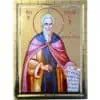

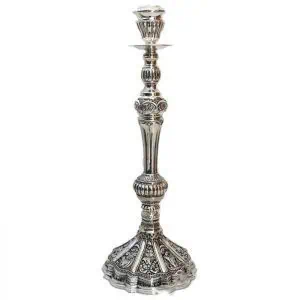
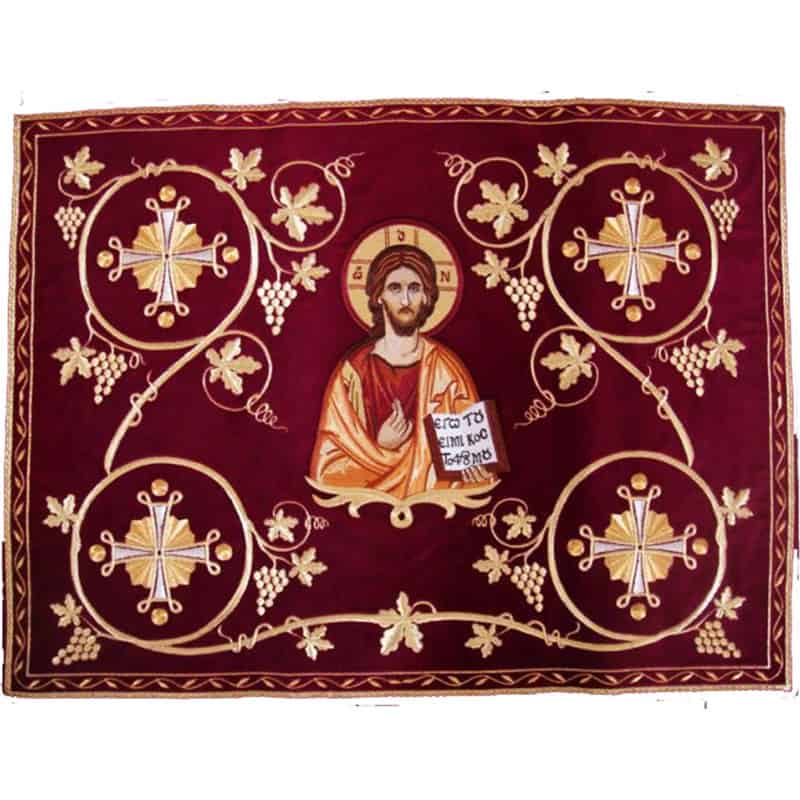
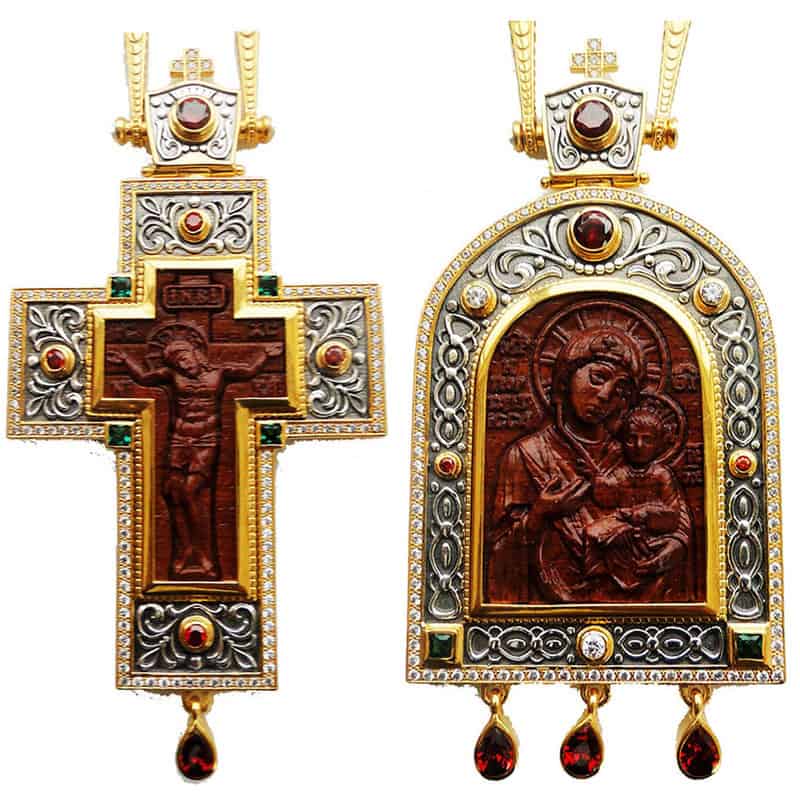

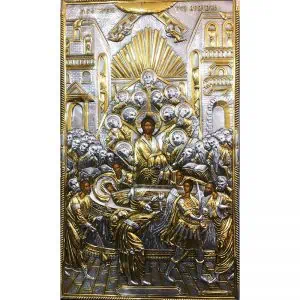
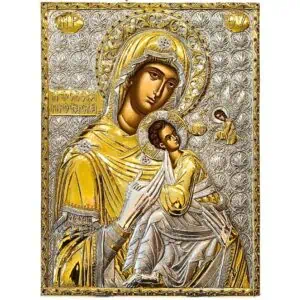
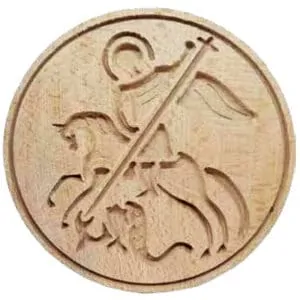



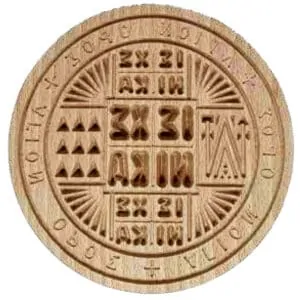

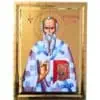
Reviews
There are no reviews yet.